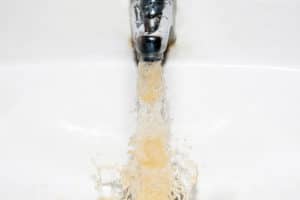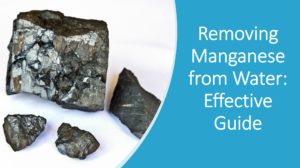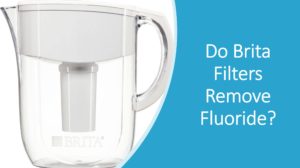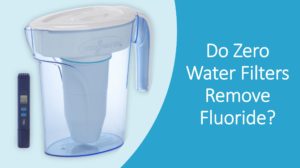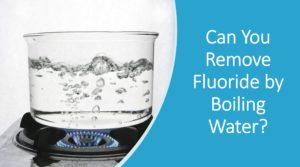If you’re one of those people that hates the taste of chlorine, you’re probably wondering how to remove it.
So, how can you remove chlorine from the water? Will boiling water remove chlorine? Yes, boiling water for 15 minutes is one effective way to remove chlorine from tap water.
Unless municipalities stop adding chlorine to water supply or technology advances to encompass new water filtration methods, your best bet to remove chlorine from water is to either boil it, leave it out for some time, or purchase a water filter.
Does Boiling Water Remove Chlorine?
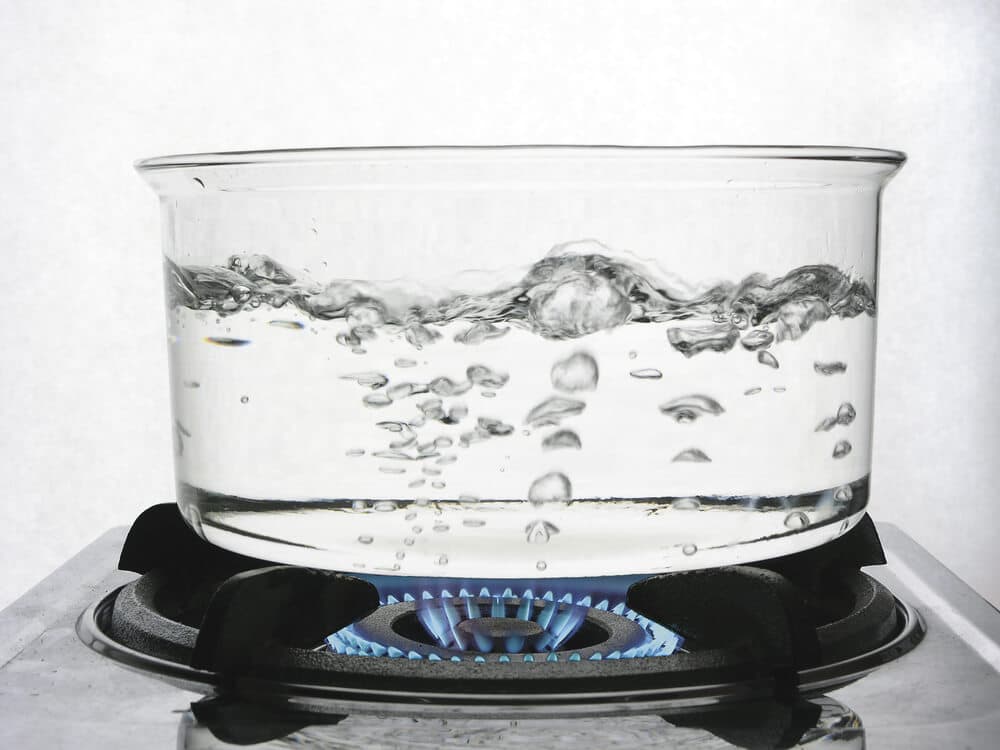
Boiling water is a safe and effective way to remove potential hazards, parasites and generally sanitize water so that it’s safe to consume. That said, you can boil water to remove chlorine fluoride effectively.
Boiling chlorinated water causes the chemical to evaporate from exposure to high heat. This is because the water, at a raised temperature, cannot contain the chemical in its composition.
The process of boiling water to kill chlorine fluoride takes roughly four minutes for every 1 mg of chlorine in 10 gallons of water.
If your water contains chloramine, a chlorine alternative used to sanitize water; it will take longer to remove via boiling water. In fact, if you have 1 mg of chloramine in 10 gallons of water, it can take upwards of an hour to remove because it’s more concentrated than its sanitizing counterpart.
Related Article: Does Boiling Water Remove Fluoride?
Other Effective Methods of Removing Chlorine
Suppose you don’t want to boil water every time you need a drinkl, In that case, there are quite a few filtering alternatives for chlorine, such as purchasing a water filter, leaving water out, using UltraViolet light, or adding a neutralizing chemical.
Water Filters
Water filtration systems are among the most popular products to use for chlorine removal. You can hook up these systems to your tap faucet, your refrigerator, or wherever else you access tap water.
With water filters, you’ll most likely find either a reverse osmosis or carbon filter operation to remove contaminants like chlorine.
Reverse Osmosis
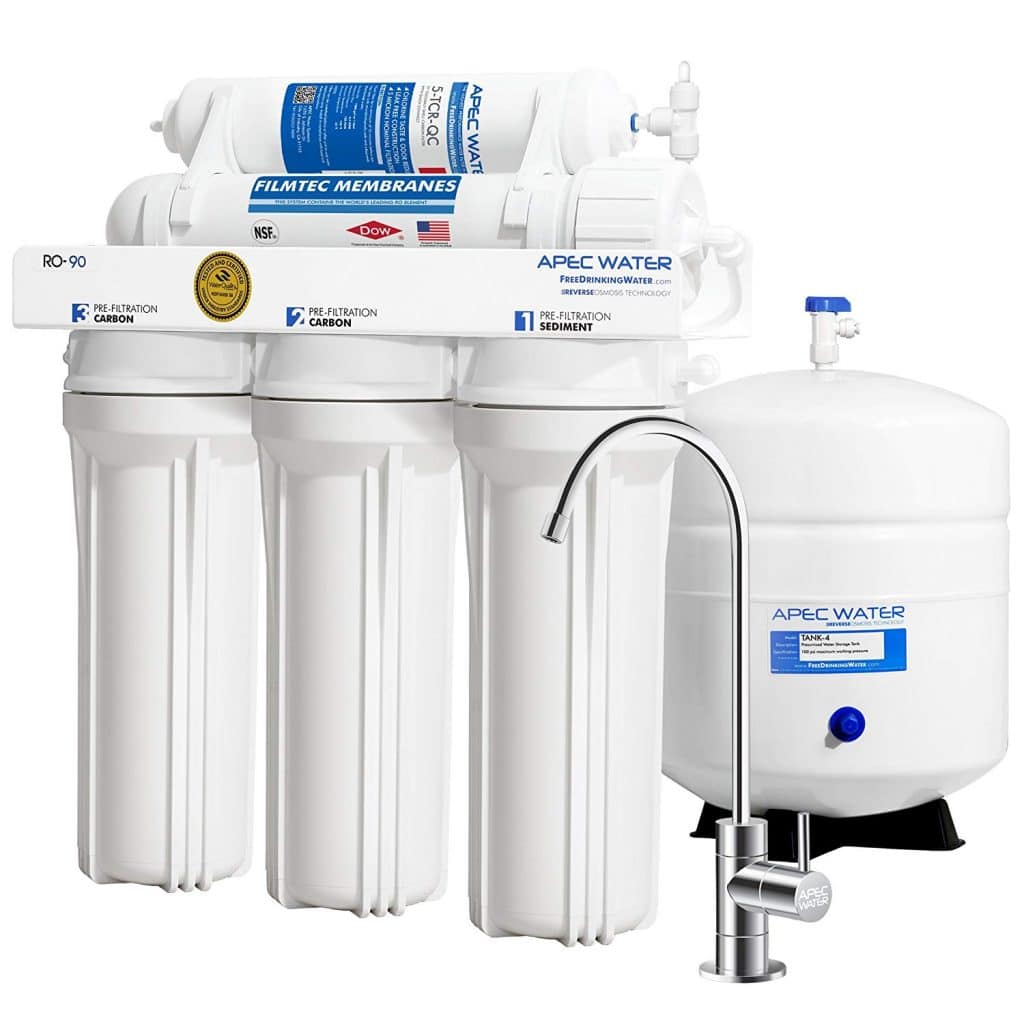
A range of water filters that install directly to a tap water source typically use reverse osmosis. This process means that the water must first pass through a thin membrane before flowing through the water system. Before the machine dispenses the water into your cup, the membrane catches contaminants, such as chlorine and fluoride.
Carbon Filters
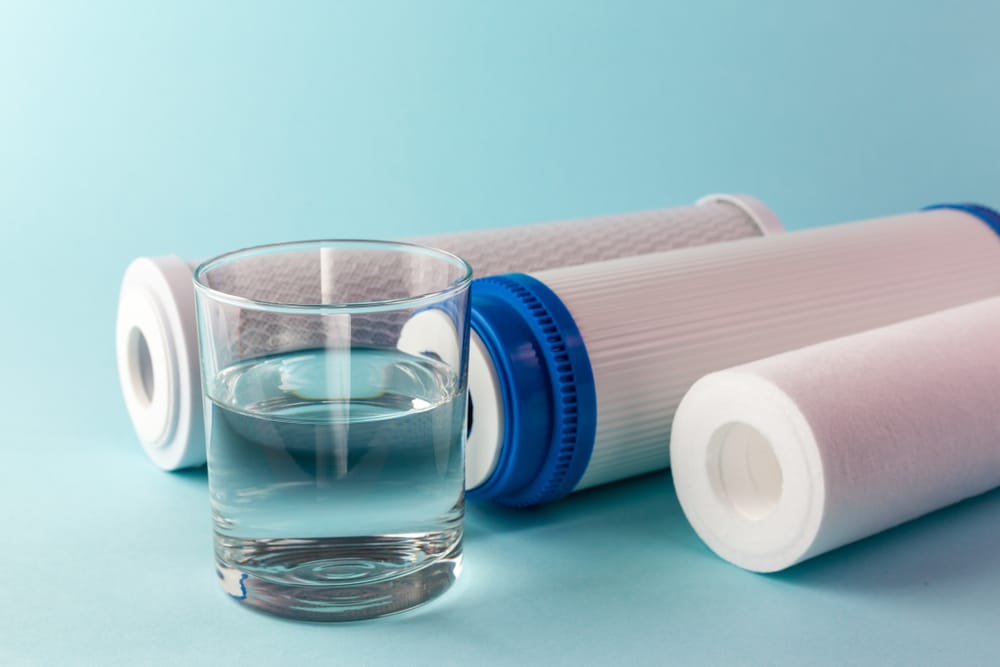
Carbon filters are the most popular reverse osmosis water filtration products on the market because of their ability to quickly and effectively kill chlorine and other unwanted additives in the water alongside the ill taste that accompanies them. These filters are available as a standard carbon filter, an activated carbon filter, or an activated charcoal filter.
The activated carbon filter method is most commonly seen because it can reduce chlorine concentrations the most out of the carbon filter methods. An activated carbon filter has a core filled with minuscule carbon pieces. The water flows through the system, and the carbon within absorbs all unwanted substances.
The activated charcoal carbon filter dates back to ancient Egyptian times and is still in use today, although not as widely as the filter alternatives. Filtering through activated charcoal provides a smooth, unmistakable taste but is not as effective as other purification methods, hence its decreased popularity.
Leave Water Out

Probably not the most practical or effective method, leaving water out 24 hours before consumption will cause the chlorine concentration to evaporate naturally. The time frame relates explicitly to a gallon of water.
If you want, you can dispense a gallon bucket, let it sit for a day in a cool, dry place uncovered and drink off the supply until you need to fill it again. Or, you can prepare multiple gallons to hold you over for your desired amount of time.
Ultraviolet Light
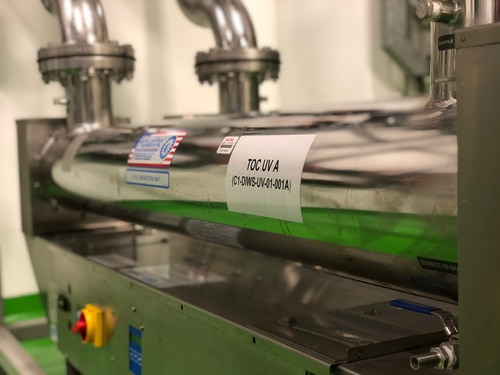
While it might not seem like light exposure could have many benefits, UV light is compelling in the water purification process. Typically, you won’t see this process occur in daily household use but at breweries, food and beverage manufacturers, and pharmaceutical industries.
Water, when exposed to UV light between 180 and 400 nm wavelengths, successfully dissociated from chlorine. It also removes chloramine faster and more effectively than the purification alternatives. Plus, it doesn’t have any disadvantageous effects.
For example, some neutralizing chemical additives can create a space for new bacteria or other contaminants to grow. With UV light exposure, you don’t have to worry about any unwanted byproducts.
Neutralizing Chemical Additives
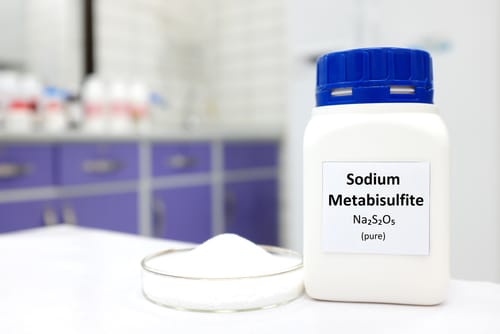
The most commonly used chemical additive to neutralize chlorine content in water is sodium metabisulphite.
However, adding this chemical to water is typically only practiced within the pharmaceutical and semiconductor industries because of its obscurity, potential effects on household residents, documented-use requirements, and handling hazards.
Sodium metabisulphite comes as a solution or a powder that you add to the water supply for dechlorination. The chemical counteracts and ultimately kills the chlorine concentration.
However, the chemical itself then creates a space for new bacteria to grow. Plus, it might alter the taste and odor of the water to something even worse than the original chlorine.
Ultimately, sodium metabisulphite does kill chlorine, but it’s probably not your best bet.

